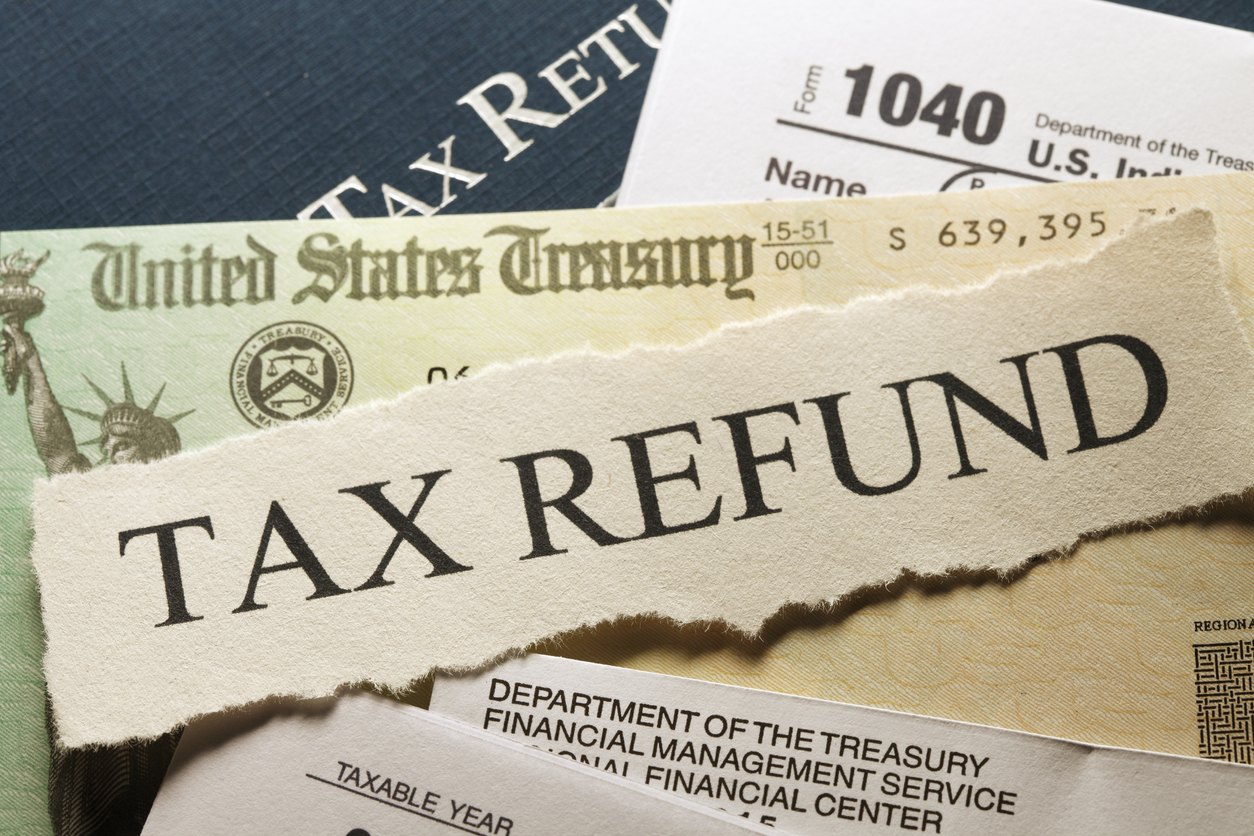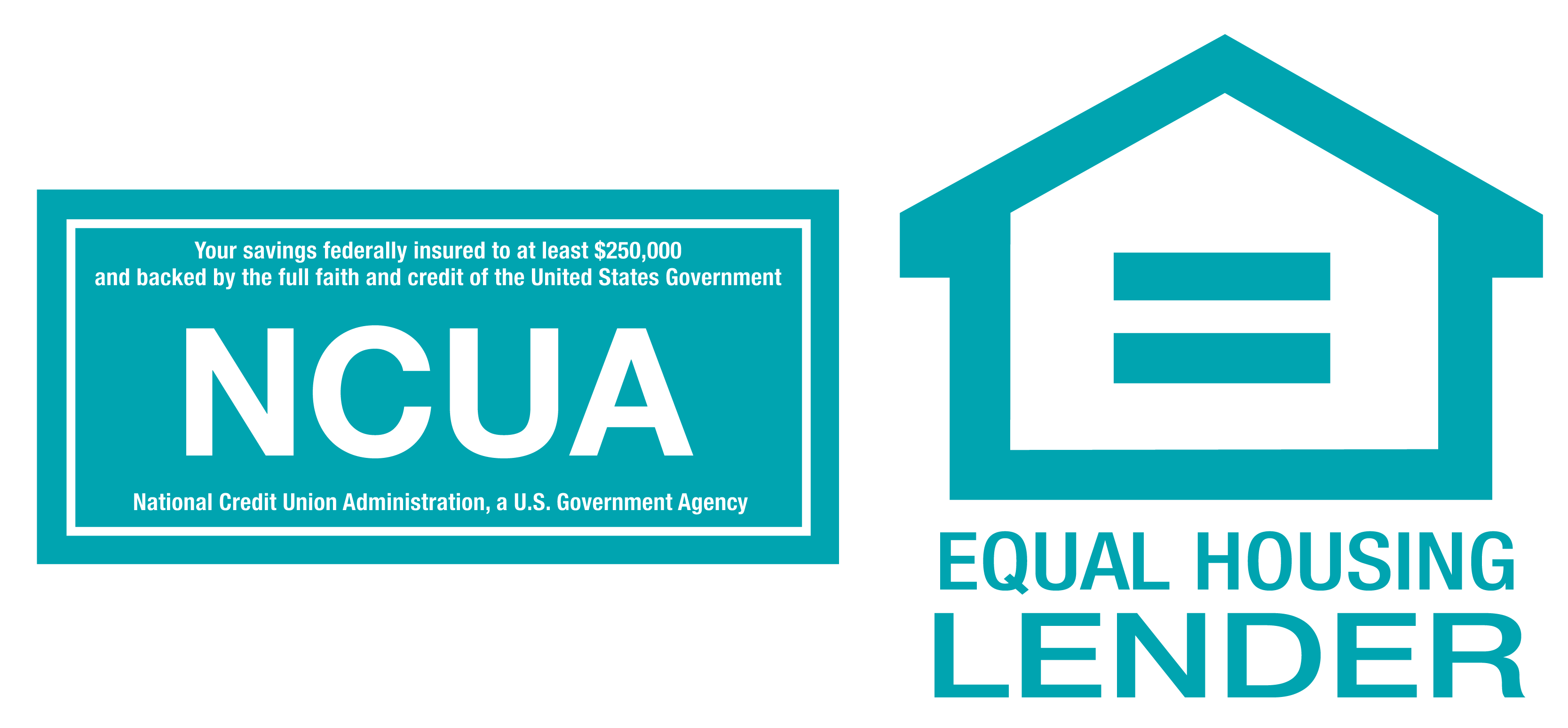Retailers across the country expect big sales for the first quarter of the year. They know this is the time of year when 75% of Americans get a big check in the mail courtesy of Uncle Sam. Nobody likes filing their taxes, but everyone likes getting a refund. It’s free money, right? Whoa … hold that thought for a moment. Before you celebrate your sudden windfall with a new big-screen TV, think about how your refund gets there. It might not really be the free money you think it is.
How the refund process works …
When you were hired at your job, you had to fill out a boatload of paperwork, including a W-4. In the W-4, you told your employer how you wanted your income taxes deducted from your paycheck. It’s a pretty simple form. You check a box if you’re married and fill in the number of kids you have. That gives your payroll office an idea of your tax rate.
Every paycheck, they take a percentage of your gross pay and send it to the IRS. That’s called your “withholding.” If you’re withholding the right amount, the IRS should get as much money as it’s due. The problem is, the withholding formula is designed to protect people from having to cough up money in April. For millions of Americans who live paycheck to paycheck, this would be a significant hardship. So, the withholding formula errs on the side of over-withholding.
When you complete your tax return, you’ll be much more aggressive in figuring your deductions and credits. You’ll also wind up with an income that’s a little lower than what your employer was estimating. That means you get a refund. The government pays back some of the money it withheld from your paycheck.
The reason you might want to get mad about this practice is that you’ve basically given the government an interest-free loan. Your refund actually represents a loss. If that amount had been sitting in a savings account earning interest, you’d actually have more money to spend!
Why is your salary different on your tax return?
There are a number of legitimate reasons why your tax bill may be different than your employer was estimating. If you qualify for a number of tax credits like the Earned Income Tax Credit or the Child and Dependent Care Credit, those numbers aren’t reflected in your paycheck. Trying to estimate them in your W-4 can be a hassle, especially if your income changes over the course of the year. You might suddenly find your tax credit isn’t worth as much as you thought it was!
You might also have received a promotion or a raise this year. The withholding rate assumes you’ve been making that same salary all year, so a bump in salary means a bump in withholding. This is also difficult to plan for, and changing your W-4 mid-year, only to change it back the next April, probably isn’t worth it.
If this was just a regular year and you’re getting $2,000-3,000 back, you’re just over-withholding. To figure out how much you’re over-withholding, take your refund and divide it by the number of paychecks you get in a year (26 if you’re paid bi-weekly, 12 if you’re paid monthly). The mean tax refund was $2,800, which means the average American is over-withholding by $233 each month!
What to do instead
You can fill out a new W-4 at any time. The IRS has a W-4 Calculator to view different scenarios to help you determine if you need to adjust your withholding for making sure you’re not overpaying your taxes. It’s unlikely you’ll nail your tax burden exactly, and it’s better to overestimate than underestimate your tax payments. Still, fixing your withholding could result in another $200 in your pocket every month!
If that $200 would just slip through your fingers, you may be better off letting the IRS hold on to it for you. However, if you have a plan for that money, and stick to it, the hassle of the paperwork may be worthwhile. Here are a few ways to put that money to work.
- Use it to pay down your high-interest debt. If you’ve got a credit card balance racking up 20% interest, paying it off is like getting a no-risk 20% return on an investment. You can’t beat that! The same is true of student loan debt or other obligations.
- Start an emergency fund. The root cause of most debt is an unexpected expense on a tight budget. Being able to use cash to cover car repairs, medical expenses or an unexpected short paycheck can keep money off the credit card and in your pocket.
- Put it in a retirement fund. Increase your contribution to your 401(k) program or IRA. You can reduce your tax burden even further and raise your quality of life down the road.
- Use the extra budget space to start a money-making side project. With a few power tools, a bucket of paint and an imagination, you could turn curbside furniture into treasures!
Whatever you do with your money, you can rest assured you don’t have to wait until April to get it. There’s no paperwork to fill out before you get your own money each month and you don’t need to store up a wad of receipts and pictures to get it. It’s your money, and now it’s working for you.


